Chickens are highly versatile creatures, capable of laying a wide variety of eggs. The most common type of chicken lays between 200 and 300 eggs per year, but there are some breeds that can lay even more than that. Factors such as age, health, daylight, and diet can all affect a chicken's egg-laying ability. However, the average chicken will lay about one egg every day or every other day.
So, if you're keeping chickens for their eggs, you can expect to get a pretty good haul from your feathered friends.
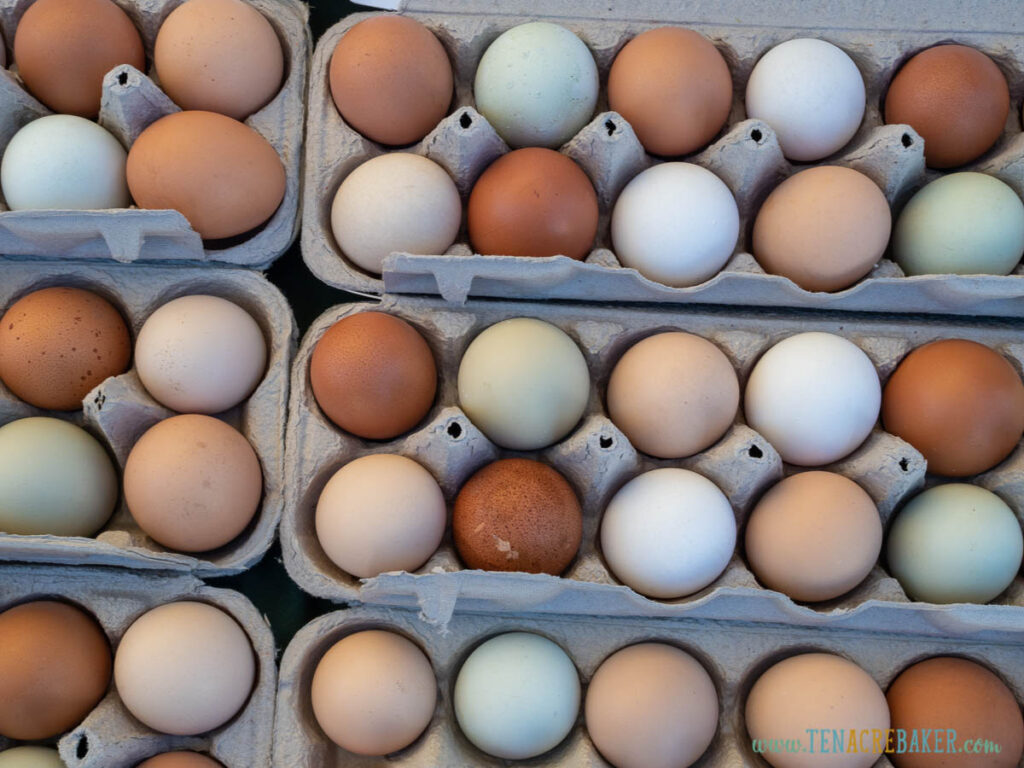
Benefits of Farm Fresh Eggs
There are many benefits to eating farm-fresh eggs.
One of the most obvious benefits is the taste. Farm fresh eggs have a richer, more flavorful egg yolk than store-bought eggs. The egg white is also firmer and has less watery.
In addition to the improved taste, farm fresh eggs also have a higher nutritional value. The yolks are packed with vitamins and minerals, while the whites are a good source of protein.
Farm fresh eggs also have a longer shelf life than store-bought eggs. Rather than buying eggs that may be several weeks old by the time they arrive at the store, farm-fresh eggs can be enjoyed the moment they are laid.
Best Egg Laying Chicken Breeds
There are so many different chicken breeds that the choice can sometimes be overwhelming. Fortunately, the farm store or breeder should be able to provide you with some information about the hens you are wanting to bring home.
You may see some breeds listed as dual-purpose breeds. That means they can be used for both meat and egg production. Just because they're sometimes used for meat production, however, doesn't mean they aren't good layers.
Here are some of the more popular chicken breeds that people choose as their laying hens.
Rhode Island Reds
The Rhode Island Red chicken is a popular breed that is known for its egg-laying abilities.
On average, these birds lay about 260 eggs per year, making them one of the most productive egg-layers among chicken breeds.
In addition to their high egg production, Rhode Island Reds are also strong and hardy birds that are resistant to disease. They are relatively calm in temperament, making them a good choice for backyard flocks.
The average lifespan of a Rhode Island Red chicken is about 7 years, although some birds have been known to live 10 years or more with proper care.
If you are looking for a chicken breed that is productive and low-maintenance, the Rhode Island Red is an excellent choice.
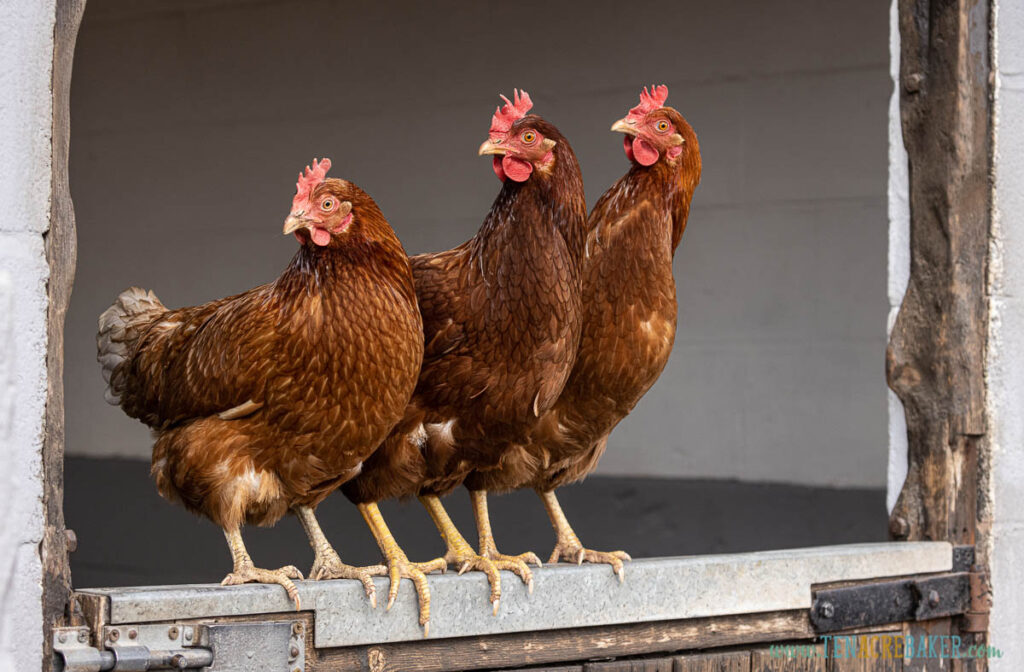
Plymouth Barred Rock
The Plymouth Barred Rock chicken is a popular breed for both casual and serious chicken enthusiasts.
One of the key reasons for its popularity is its high egg-laying capacity. On average, Barred Rocks will lay between 200 and 280 eggs per year.
But egg production is not the only reason this breed is so sought-after. Barred Rocks are also known for their docile temperament and easygoing nature. They tend to be quiet, making them a good choice for backyard chicken keepers who live in close proximity to their neighbors.
Additionally, they are relatively long-lived, with a lifespan of around 7 years. Given all of these attributes, it’s no wonder that the Plymouth Barred Rock chicken is one of the most popular breeds around.
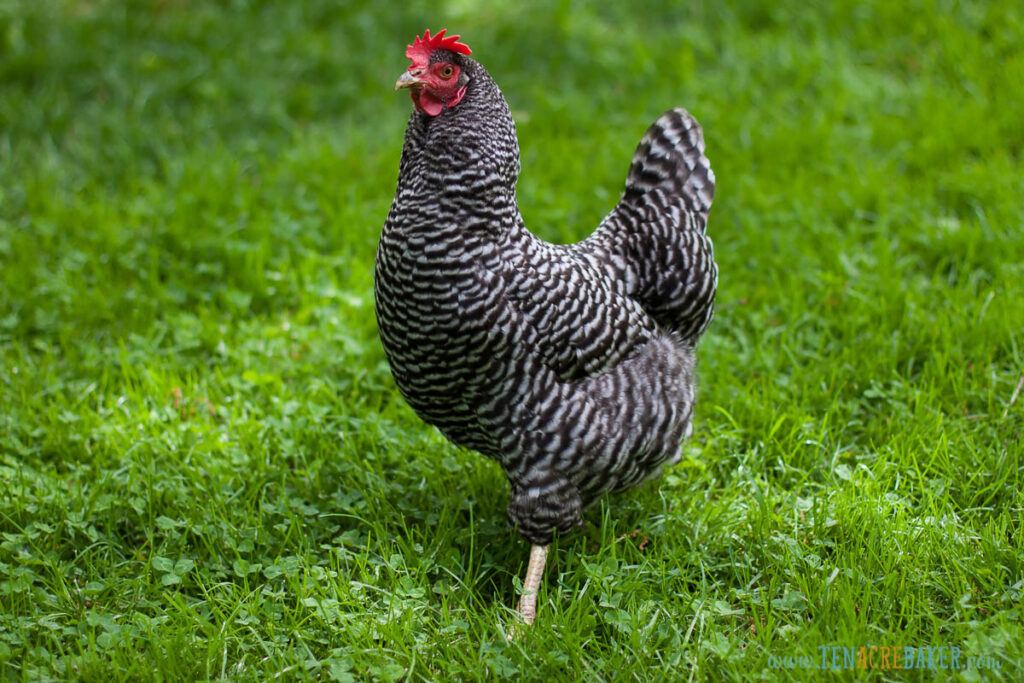
Buff Orpingtons
The Buff Orpington chicken is a popular breed of chicken that is known for its abundant egg production and friendly temperament.
Originally bred in England, Buff Orpingtons are a dual-purpose chicken, meaning that they can be used for both meat and eggs. They are relatively large birds, with roosters weighing up to 10 pounds and hens weighing up to 8 pounds.
Buff Orpingtons lay large brown eggs, and they typically lay between 200 and 250 eggs per year.
As far as temperament goes, Buff Orpingtons are known for being calm and docile, making them a good choice for backyard chickens. They have an average lifespan of 7 to 10 years.
Overall, the Buff Orpington chicken is a versatile breed that make a great addition to any flock.
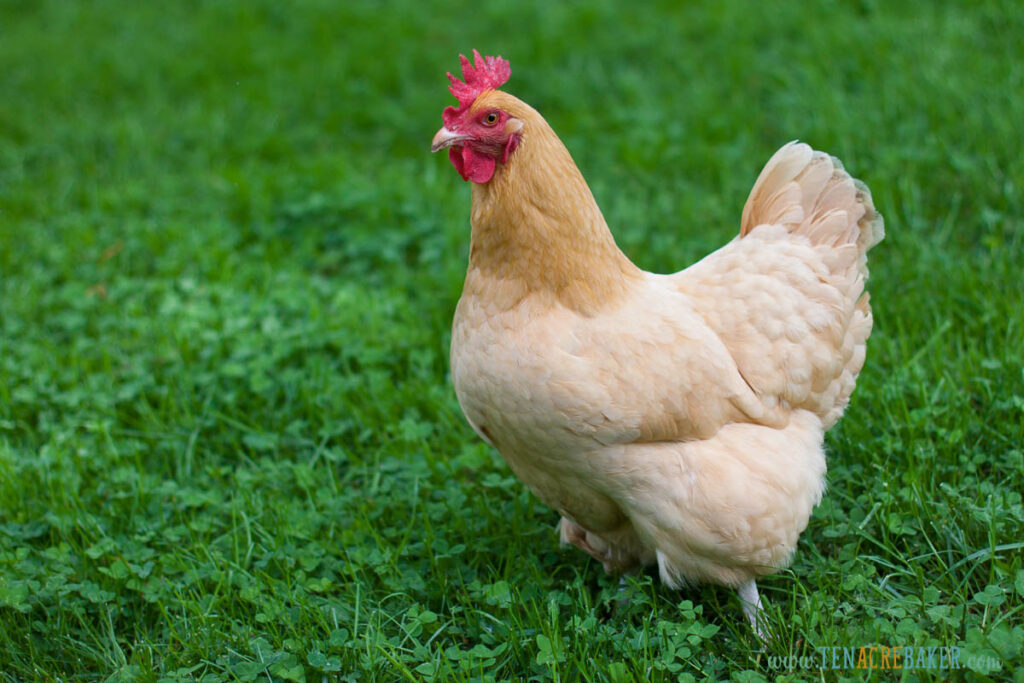
Easter Eggers
If you're looking for a chicken breed that's sure to stand out from the rest, then you may be interested in the Easter Egger. As its name suggests, this chicken is known for laying eggs with vibrant hues, including shades of blue and green. Easter Eggers are relatively prolific layers, and they can often lay well into their older years.
In terms of temperament, these chickens are generally friendly and docile, making them a good choice for backyard flocks. They can also be quite tolerant of cold weather, which is an added bonus for those who live in cooler climates.
When it comes to lifespan, Easter Eggers are on the shorter end of the spectrum, typically living for 5-8 years. However, with proper care, they can enjoy a long and healthy life.
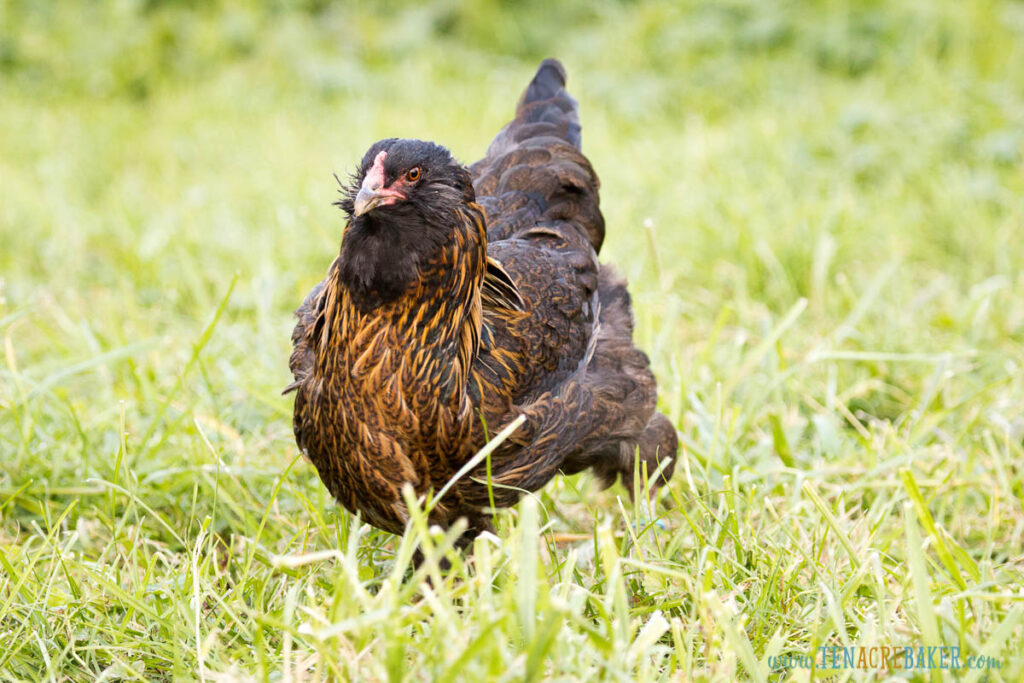
Leghorn
These chickens can lay up to 300 eggs per year. White Leghorn hybrids rarely go broody, thus their egg-laying is hardly ever interrupted as it can be with other breeds.
They are also relatively small birds, weighing only 4-5 pounds when fully grown.
Due to their ability to produce high egg counts in combination with their small size that requires less food and space, they are a top choice for commercial farmers. But they are still a fantastic choice for homesteaders who want a reliable source of fresh eggs.
When it comes to temperament, Leghorns are known for being active and curious birds. They are also very adaptable and can thrive in a variety of different climates. As far as Leghorn lifespan goes, they typically live for 6-8 years. However, some individual birds have been known to live for 10 years or more.
Overall, the Leghorn chicken breed is an excellent choice for those who want a hardy bird that lays a lot of eggs.
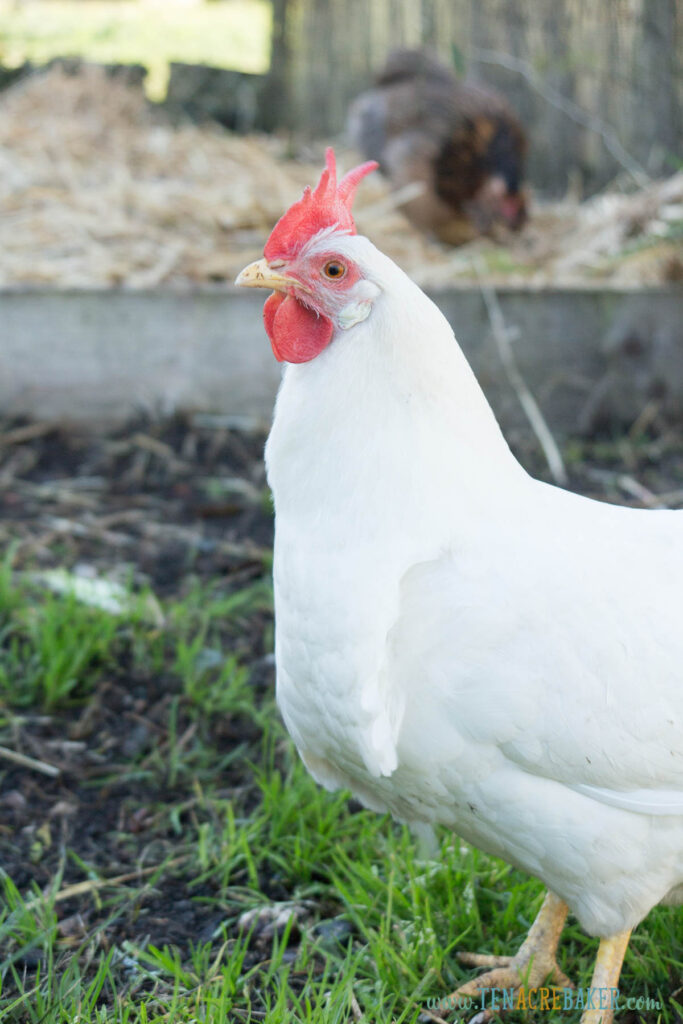
Egg Color Varies by Breed
If you are looking for a variety of egg colors, know that different egg colors are produced by different breeds.
Brown Eggs
From light tan to deep dark colors, brown eggs are produced in varying shades by the following breeds: Maran, Wellsummer, Wyandotte, Rhode Island Red, Brahma, Jersey Giant, Speckled Sussex, Orpington, and more.
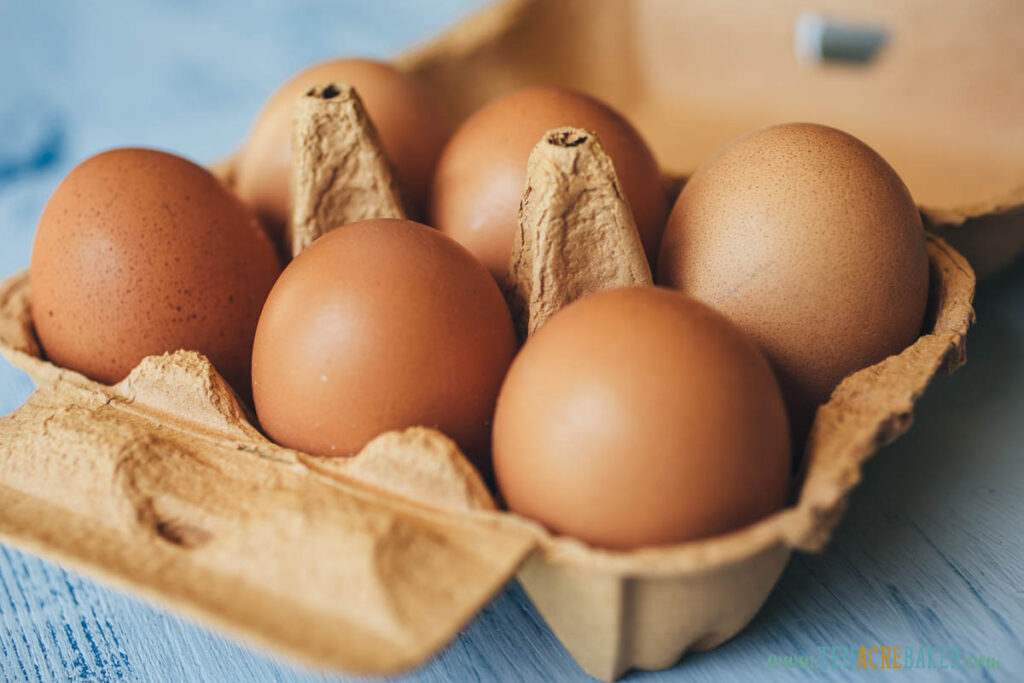
White Eggs
Basic white eggs are actually produced by fewer breeds of backyard chickens. This is why the eggs you see sold at roadside stands and farmers' markets are typically filled with blue and brown eggs. Aside from the White Leghorn, the following breeds produce white eggs: Polish, Hamburg, Andalusian, Anacona, and California White.
Blue or Green Eggs
These gorgeous colors are sought after because their hues are not commonly found at the grocery store. As mentioned above, Easter Eggers are great egg layers that create a wide range of blue eggs, but other common breeds include Ameraucana, Araucana, and Cream Legbars. You may also see a breed labeled Color Pack at the farm store. They are a Legbar hybrid and also produce eggs that are green to blue in color.
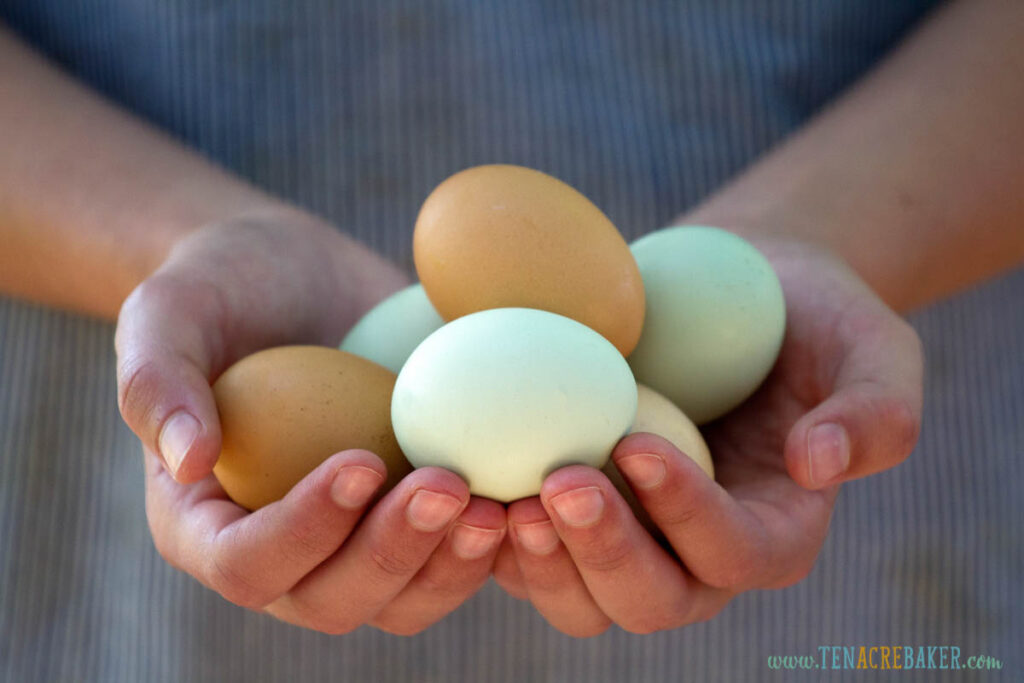
Daylight Considerations
Chickens are highly sensitive to changes in daylight and will begin to lay eggs when they receive a certain amount of light each day.
In the wild, chickens will typically lay the most eggs during the summer when there are more hours of daylight. However, domesticated chickens can be bred to lay eggs year-round. To maintain a consistent laying schedule, chickens need a minimum of 14 hours of light exposure each day. This can be provided naturally by the sun or through the use of artificial lighting. Some argue the use of supplemental light is not in the best interest of the hens, however, and that it is a good idea to allow them to take a break from laying eggs.
Too little light can cause a decrease in egg production, while too much light can result in poor egg quality. As such, it is important to carefully consider the amount of light exposure when determining how often chickens should lay eggs.
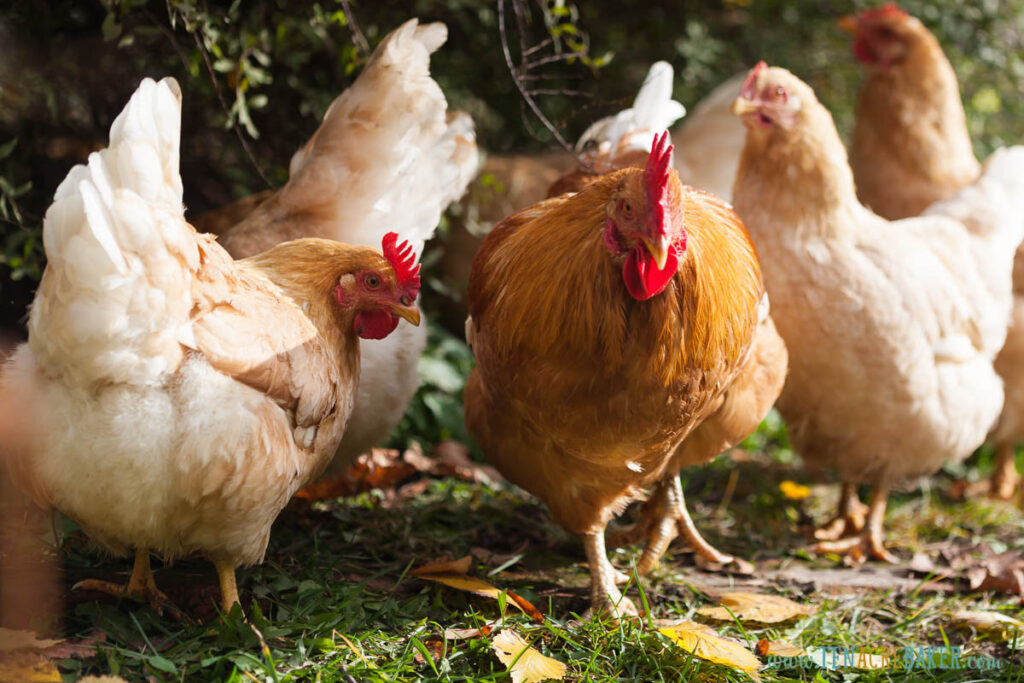
Diet and Feed Information
Just like any other animal, chickens need a balanced diet in order to stay healthy.
According to the experts at Purina, chickens require a diet that is 14-18% protein and 3-4% calcium.
While most commercial feeds will meet these high protein diet nutritional needs, you may also need to supplement your chickens' diet with oyster shell or other sources of extra calcium. A lack of enough calcium can lead to soft shells, so it's important to make sure your chickens are getting enough.
If you are raising laying hens, you will also need to provide them with a layer feed in order to maintain their egg production.
In addition to meeting their nutritional needs, it's also important to provide your chickens with a variety of different foods. Scratch grains, table scraps, and other treats will help keep them happy and amused. However, it's important not to overdo it, as too many treats can lead to poor nutrition.
By following these simple guidelines, you can ensure that your backyard chickens stay healthy and happy.
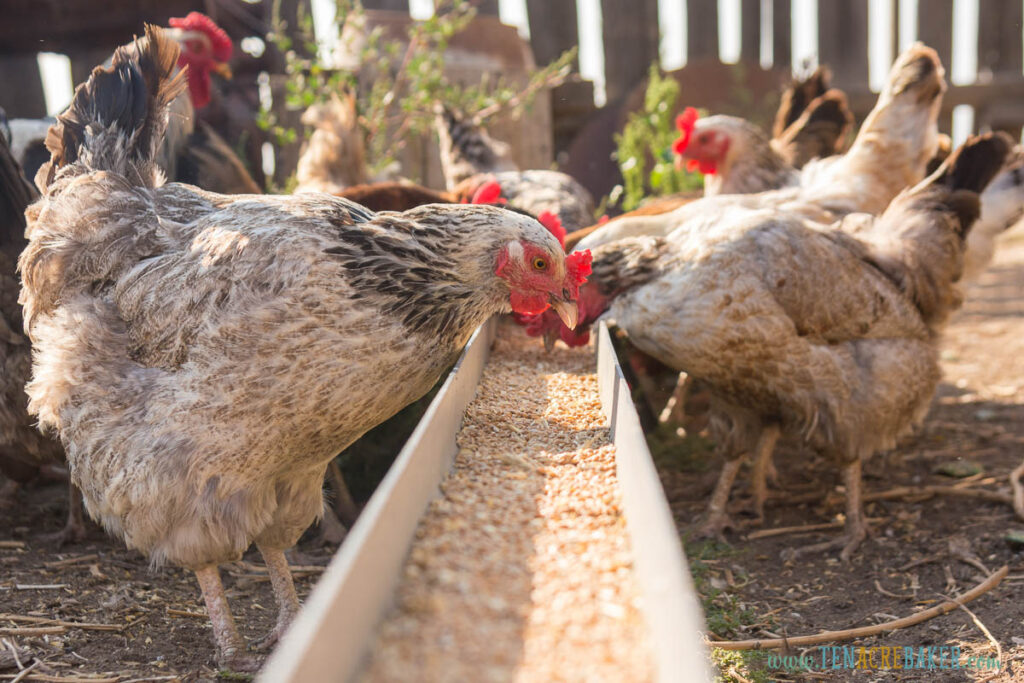
How Long Does It Take To Raise a Chicken for Eggs?
If you're thinking of raising chickens for eggs, you may be wondering how long it will take before you can start collecting fresh eggs. The answer depends on a few factors, including the breed of chicken and the age of the hen.
All backyard chicken owners eagerly await that first egg. Most chickens will begin laying eggs around four to six months of age, although some young hens may start a bit earlier. 18 weeks of age is around the average time.
However, egg production as well as egg size will generally increase during the first year of life, so it's best to wait until hens are a bit older before expecting a consistent supply of eggs.
With proper care, your chickens should provide you with delicious eggs for years to come.
When to Expect Maximum Egg Production
As any chicken owner knows, eggs are an important part of chicken life. Not only do they provide a nutritious food source, but they also help to support the hen’s reproductive system.
For backyard chickens, egg production typically peaks in the summer months, when the days are longest and the hens are healthiest. The extended daylight hours are one of the many reasons summer is often considered the best time of year.
However, there are a few things that can affect a hen's ability to lay eggs.
- Time of day is one factor - hens typically lay their eggs in the early morning hours.
- Another factor is the health of the hen - healthy hens are healthy egg-layers.
- Finally, the nesting box plays a role in egg production. A well-maintained nesting box will provide a comfortable place for hens to lay their eggs, and it will help to encourage peak production.
For backyard chicken-keepers, understanding when to expect maximum egg production is essential for keeping the flock healthy and happy.
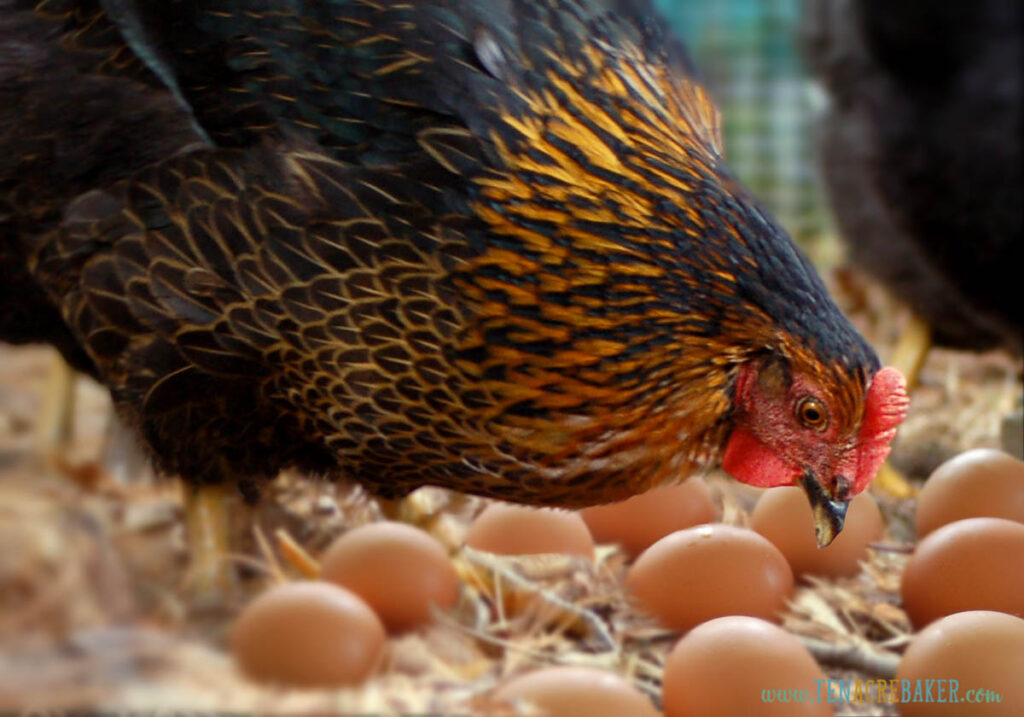
When to Expect a Decrease in Production of Eggs
- Chickens typically molt, or shed their feathers, once a year. This molting process can last for several weeks, during which time the chicken's body sheds its old feathers and is focused on growing new feathers. As a result, egg production usually decreases during this period.
- Likewise, if a chicken goes broody, she will stop laying eggs during that time.
- In addition, older hens tend to produce fewer eggs as they age.
- Finally, chickens are less likely to lay eggs in the winter months, when there is less natural light. To encourage egg production during these times, owners may use artificial lighting in the chicken coop.
By creating a stress-free environment and providing plenty of food and clean water, chicken owners can help ensure that their hens remain healthy and productive throughout the year.
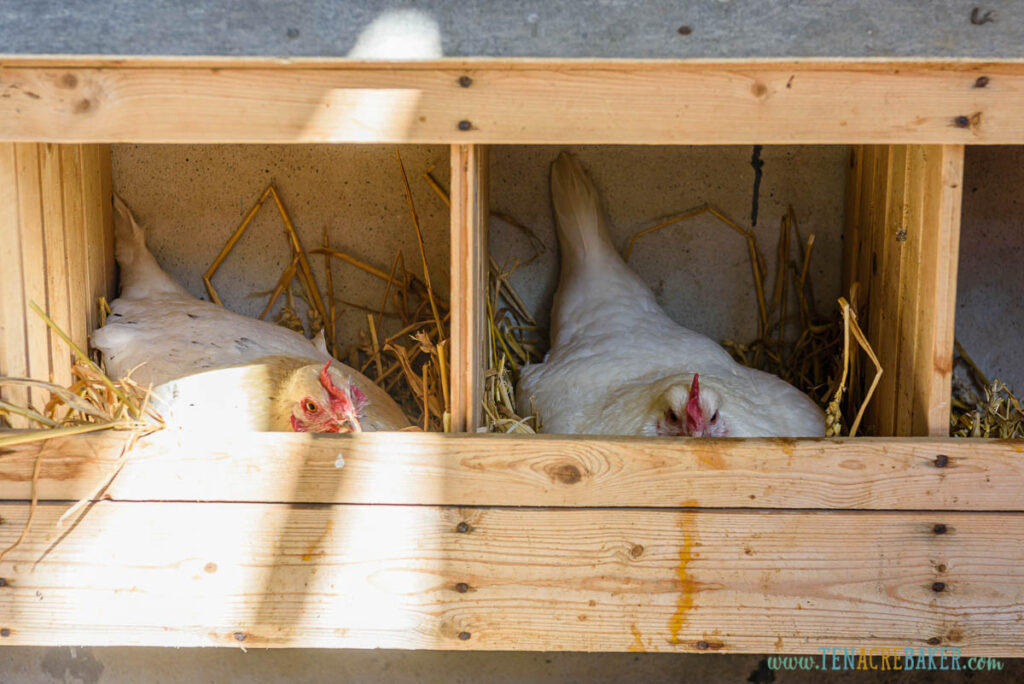
FAQs
Can a chicken lay 2 eggs a day?
It is possible but only happens rarely. Instead, it is much more common for a chicken to lay one egg every day during peak production.
How many eggs does a chicken lay in a week?
Depends on the breed. During optimal conditions, one hen can lay daily, producing seven eggs in a week. That same hen, however, may drastically reduce the number of eggs they lay, or stop completely, at certain times during their lifespan.
How many chickens do I need for a dozen eggs a week?
Depends on the breed of chicken along with many other factors. Three young, happy, and healthy chickens that are known to be good egg layers can easily produce an average of a dozen eggs per week.
How long do fresh eggs last?
Farm fresh eggs that have been unwashed can last several weeks at room temperature and much longer if they are refrigerated. Once an egg has been washed, it must be refrigerated.
Should you wash farm fresh eggs?
Yes. Prior to cracking eggs, they should be washed. If they are washed and not cracked, they must be refrigerated because the protective bloom over the shell is no longer in tact.
How old do chickens live?
The answer to this question depends on a number of factors, including diet and lifestyle.
Chickens that are raised on factory farms typically have shorter lifespans than free-range chickens. This is due to the fact that factory-farmed chickens are often kept in cramped and unsanitary conditions.
In contrast, free-range chickens are able to roam freely and eat a more natural diet, both of which help to promote longevity. On average, healthy happy chickens can live between five and ten years of age, although some have been known to live beyond that.
Can a hen lay eggs without a rooster?
Absolutely. It is a common misconception that a rooster is needed. Hens will lay eggs regardless of whether a rooster is present. The only difference is that they lay unfertilized eggs, which are no different in taste or quality from fertilized eggs.
Is it cheaper to raise chickens or buy eggs?
There are many factors to consider.
- Upfront costs: The cost to buy a chick is relatively inexpensive and can typically range from $2-$8 depending on the breed. Depending on your set up, there is some equipment needed including the coop, nesting boxes, bedding, waterers, feeders, fencing, etc.
- Ongoing costs: Obviously, the cost of the chicken feed is an ongoing expense. Organic layer feed will be much more expensive than non-organic, but the same goes for organic eggs sold in the store.
In my personal experience, it is cheaper to raise my own chickens. Since we always have more eggs than we can eat, I sell my excess eggs, and that pretty much covers the cost of the feed. Therefore, all of the eggs we consume don't cost us anything.
We just simply enjoy having chickens. They each have unique personalities and make great pets. The eggs are the bonus!
How many hens should I start with?
When considering how many hens to add to your home flock, there are several factors to take into consideration, but the two main questions are:
- How many eggs do you want?
- What is the amount of square feet available to them for their coop and their run?
Just keep in mind that backyard chickens need friends, so they are happiest when there are at least three or four of them in the flock.
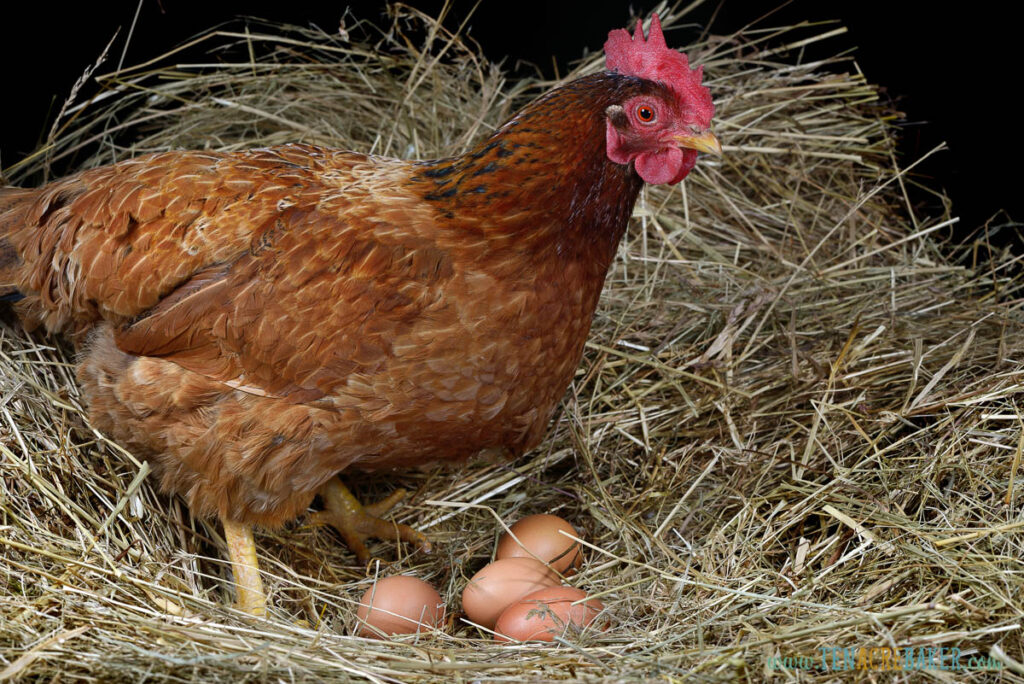

Leave a Reply